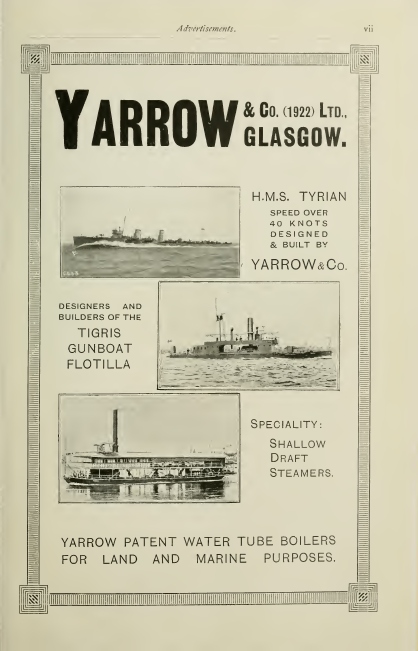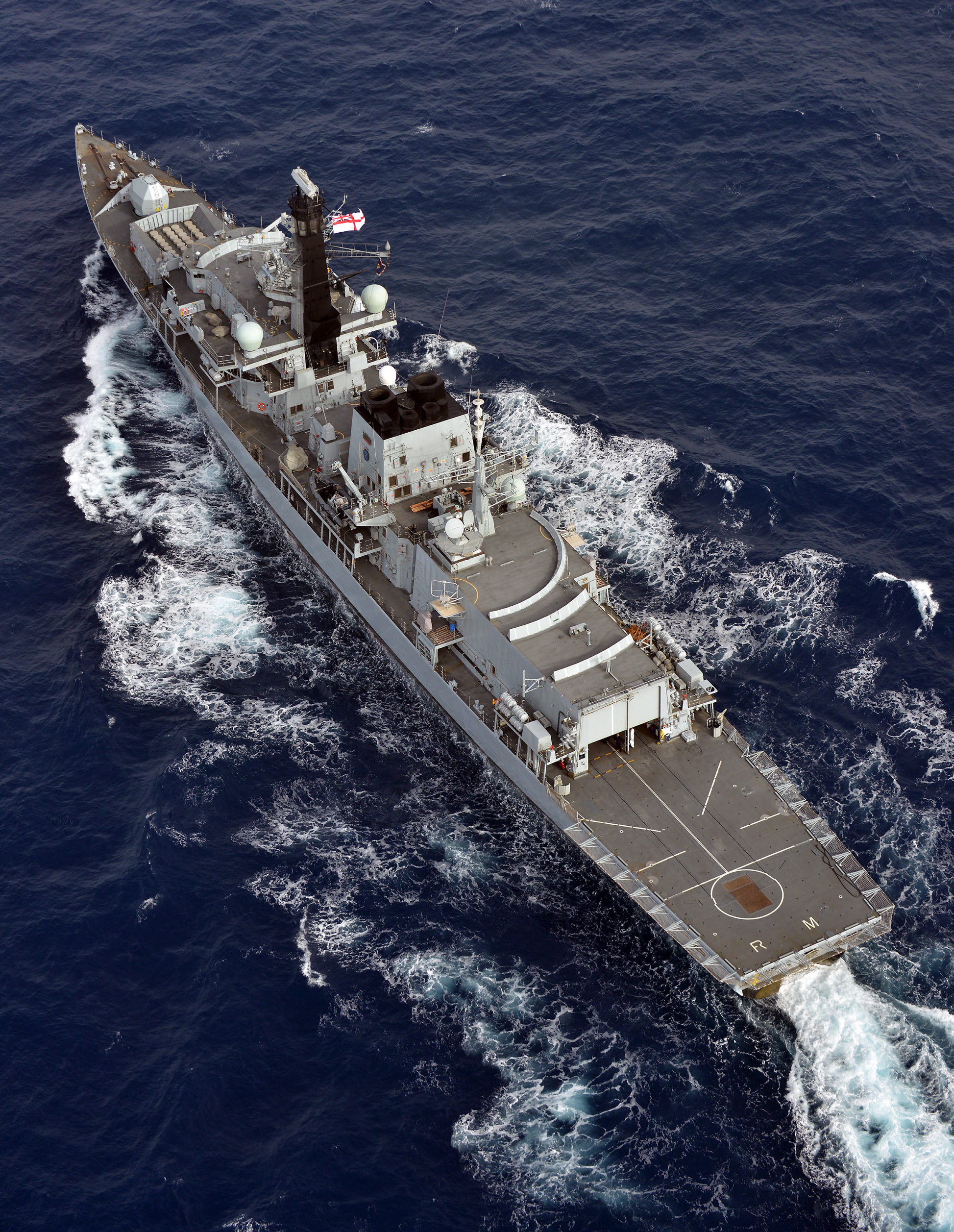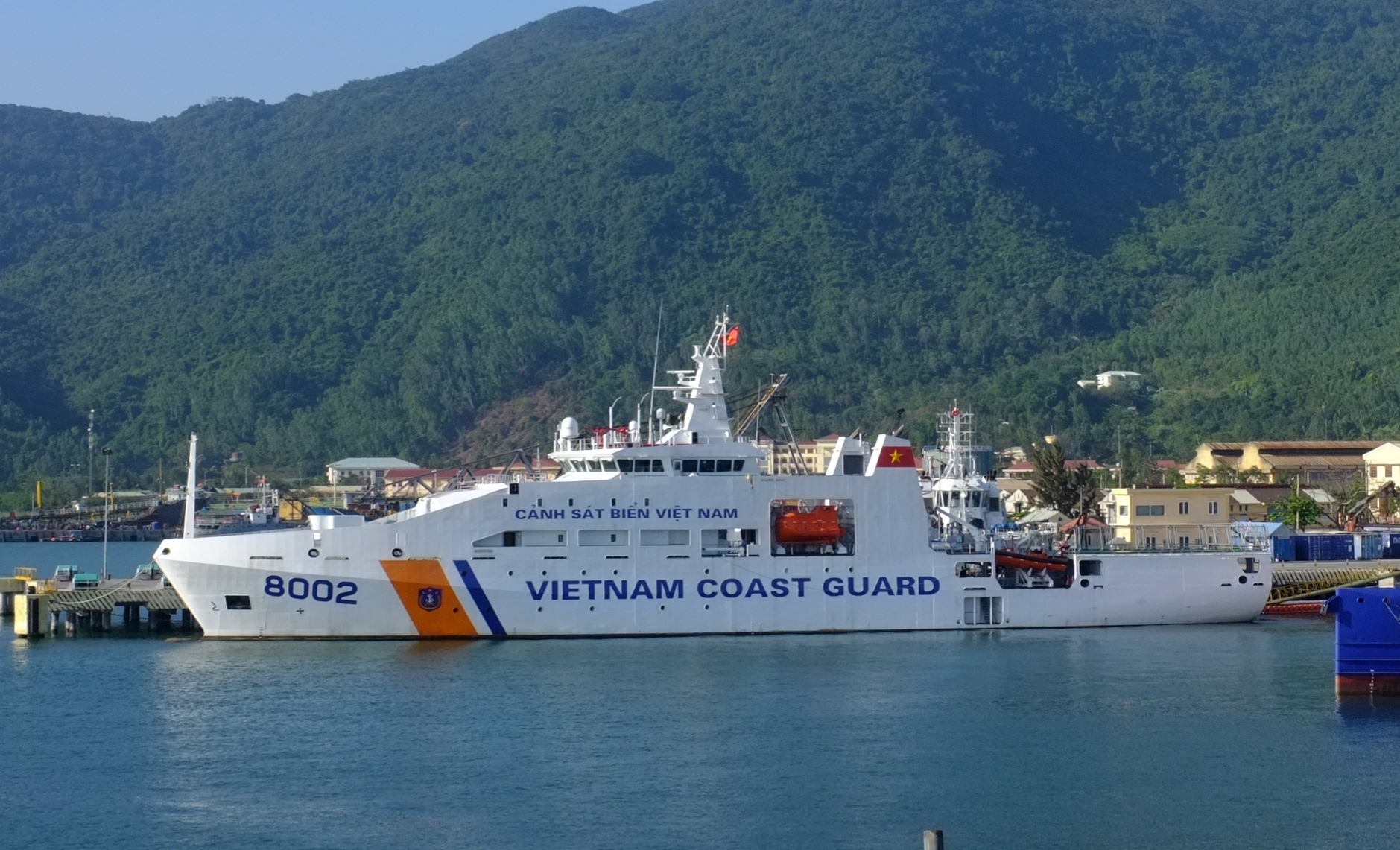|
HMAS Arunta (FFH 151)
HMAS ''Arunta'' (FFH 151) is an ''Anzac''-class frigate of the Royal Australian Navy (RAN). The ship, named for the Arrernte people, was laid down in 1995 and commissioned in 1998. Since entering service, ''Arunta'' has performed a wide range of duties, including border protection patrols in northern Australian waters, and several deployments to the Persian Gulf. Design and construction The ''Anzac'' class originated from RAN plans to replace the six River-class destroyer escorts with a mid-capability patrol frigate.Jones, in Stevens, ''The Royal Australian Navy'', p. 244 The Australian shipbuilding industry was thought to be incapable of warship design, so the RAN decided to take a proven foreign design and modify it. Around the same time, the Royal New Zealand Navy (RNZN) was looking to replace four ''Leander''-class frigates; a deterioration in New Zealand-United States relations, the need to improve alliances with nearby nations, and the commonalities between the RAN and ... [...More Info...] [...Related Items...] OR: [Wikipedia] [Google] [Baidu] |
Arrernte People
The Arrernte () people, sometimes referred to as the Aranda, Arunta or Arrarnta, are a group of Aboriginal Australian peoples who live in the Arrernte lands, at ''Mparntwe'' (Alice Springs) and surrounding areas of the Central Australia region of the Northern Territory. Many still speak one of the various Arrernte dialects. Some Arrernte live in other areas far from their homeland, including the major Australian cities and overseas. Arrernte mythology and spirituality focuses on the landscape and The Dreaming. Altjira is the creator being of the Inapertwa that became all living creatures. Tjurunga are objects of religious significance. The Arrernte Council is the representative and administrative body for the Arrernte Lands and is part of the Central Land Council. Tourism is important to the economy of Alice Springs and surrounding communities. Arrernte languages "Aranda" is a simplified, Australian English approximation of the traditional pronunciation of the name of ... [...More Info...] [...Related Items...] OR: [Wikipedia] [Google] [Baidu] |
Royal New Zealand Navy
The Royal New Zealand Navy (RNZN; mi, Te Taua Moana o Aotearoa, , Sea Warriors of New Zealand) is the maritime arm of the New Zealand Defence Force. The fleet currently consists of nine ships. The Navy had its origins in the Naval Defence Act 1913, and the subsequent purchase of the cruiser , which by 1921 had been moored in Auckland as a training ship. A slow buildup occurred during the Interwar period, and then perhaps the infant Navy's finest hour occurred soon after the beginning of World War II when fought alongside two other Royal Navy cruisers at the Battle of the River Plate in December 1939. History Pre–World War I The first recorded maritime combat activity in New Zealand occurred when Māori in war waka attacked Dutch explorer Abel Tasman off the northern tip of the South Island in December 1642. The New Zealand Navy did not exist as a separate military force until 1941. The association of the Royal Navy with New Zealand began with the arrival of Lieutenant ... [...More Info...] [...Related Items...] OR: [Wikipedia] [Google] [Baidu] |
Length Overall
__NOTOC__ Length overall (LOA, o/a, o.a. or oa) is the maximum length of a vessel's hull measured parallel to the waterline. This length is important while docking the ship. It is the most commonly used way of expressing the size of a ship, and is also used for calculating the cost of a marina berth (for example, £2.50 per metre LOA). LOA is usually measured on the hull alone. For sailing ships, this may ''exclude'' the bowsprit and other fittings added to the hull. This is how some racing boats and tall ships use the term LOA. However, other sources may include bowsprits in LOA. Confusingly, LOA has different meanings. "Sparred length", "Total length including bowsprit", "Mooring length" and "LOA including bowsprit" are other expressions that might indicate the full length of a sailing ship. LOD Often used to distinguish between the length of a vessel including projections (e.g. bow sprits, etc.) from the length of the hull itself, the Length on Deck or LOD is often repor ... [...More Info...] [...Related Items...] OR: [Wikipedia] [Google] [Baidu] |
Waterline Length
A vessel's length at the waterline (abbreviated to L.W.L)Note: originally Load Waterline Length is the length of a ship or boat at the level where it sits in the water (the ''waterline''). The LWL will be shorter than the length of the boat overall (''length overall'' or LOA) as most boats have bows and stern protrusions that make the LOA greater than the LWL. As a ship becomes more loaded, it will sit lower in the water and its ambient waterline length may change; but the registered L.W.L it is measured from a default load condition. This measure is significant in determining several of a vessel's properties, such as how much water it displaces, where the bow and stern waves occur, hull speed, amount of bottom-paint needed, etc. Traditionally, a stripe called the "boot top" is painted around the hull just above the waterline. In sailing boats, longer waterline length will usually enable a greater maximum speed, because it allows greater sail area, without increasing beam or d ... [...More Info...] [...Related Items...] OR: [Wikipedia] [Google] [Baidu] |
Full Load Displacement
The displacement or displacement tonnage of a ship is its weight. As the term indicates, it is measured indirectly, using Archimedes' principle, by first calculating the volume of water displaced by the ship, then converting that value into weight. Traditionally, various measurement rules have been in use, giving various measures in long tons. Today, tonnes are more commonly used. Ship displacement varies by a vessel's degree of load, from its empty weight as designed (known as "lightweight tonnage") to its maximum load. Numerous specific terms are used to describe varying levels of load and trim, detailed below. Ship displacement should not be confused with measurements of volume or capacity typically used for commercial vessels and measured by tonnage: net tonnage and gross tonnage. Calculation The process of determining a vessel's displacement begins with measuring its draft.George, 2005. p.5. This is accomplished by means of its "draft marks" (or "load lines"). A mer ... [...More Info...] [...Related Items...] OR: [Wikipedia] [Google] [Baidu] |
Vasco Da Gama-class Frigate
The ''Vasco da Gama'' class is a class of frigates of the Portuguese Navy. Named in honor of the Portuguese explorer Vasco da Gama, the ships are based on the German MEKO 200 design, and are Portugal's major surface ships. Portugal operates three ships of this class, which were built in Hamburg by Blohm + Voss (B&V) and by Howaldtswerke-Deutsche Werft (HDW) in Kiel, using modular construction techniques. The project for the construction of three frigates of this class was authorized by the Portuguese Government in 1985, five years after the request of the Portuguese Navy for the acquisition of new surface ships. According to Conway's, 60% of the funding for these ships came from NATO military aid. Similar ships have been built for the navies of Greece, Turkey, Australia and New Zealand. Ships Similar ships *MEKO * - Greece * - Australia and New Zealand * - Turkey * - Turkey See also * List of naval ship classes in service The list of naval ship classes in service includ ... [...More Info...] [...Related Items...] OR: [Wikipedia] [Google] [Baidu] |
Yarrow Shipbuilders
Yarrow Shipbuilders Limited (YSL), often styled as simply Yarrows, was a major shipbuilding firm based in the Scotstoun district of Glasgow on the River Clyde. It is now part of BAE Systems Surface Ships, owned by BAE Systems, which has also operated the nearby Govan shipyard (formerly Fairfields) since 1999. History Origins in London The company was founded by Alfred Yarrow, later Sir Alfred Yarrow, 1st Baronet, in the year 1865 as Yarrow & Company, Limited. Originally it was based at Folly Wall, Poplar, then in 1898 as the company grew, Yarrow moved his shipyard to London Yard, Cubitt Town.History of London Yard by Angela Brown and Ron Coverson, 2001 Hundreds of steam launches, lake and river vessels, and eventually the |
Type 23 Frigate
The Type 23 frigate or Duke class is a class of frigates built for the United Kingdom's Royal Navy. The ships are named after British Dukes, thus leading to the class being commonly known as the Duke class. The first Type 23, , was commissioned in 1989, and the sixteenth, was commissioned in June 2002. They form the core of the Royal Navy's destroyer and frigate fleet and serve alongside the Type 45 destroyers. They were designed for anti-submarine warfare, but have been used for a range of uses. Twelve Type 23 frigates remain in service with the Royal Navy, with three vessels having been sold to the Chilean Navy, and one being retired in 2021. The Royal Navy's Type 23 frigates will be replaced by the Type 26 Global Combat Ship and the Type 31 frigate. it is anticipated that HMS ''St Albans'' will be the last to retire from the Royal Navy, in 2035. Development When first conceived in the late 1970s, the Type 23 was intended to be a light anti-submarine frigate with a towed ... [...More Info...] [...Related Items...] OR: [Wikipedia] [Google] [Baidu] |
Royal Schelde
The Damen Group is a Dutch defence, shipbuilding, and engineering conglomerate company based in Gorinchem, Netherlands. Though it is a major international group doing business in 120 countries, it remains a private family-owned company. Damen Shipyards Group is a globally operating company with more than 50 shipyards, repair yards, and related companies − as well as numerous partner yards that can build Damen vessels locally. Since 1969 it has designed and built more than 5,000 vessels and delivers over 150 vessels annually. With over 30 shipyards and related companies worldwide, Damen is involved in ship construction as well as maintenance and repair activities. It has a wide product range, including tugs, workboats, patrol craft, cargo vessels, dredgers, superyachts and fast ferries. Product design and engineering are carried out in-house and a broad range of designs are available. History Overview Damen was established in 1927 in the town of Hardinxveld-Giessendam ... [...More Info...] [...Related Items...] OR: [Wikipedia] [Google] [Baidu] |
Karel Doorman-class Frigate
The ''Karel Doorman''-class frigates are a series of eight multi-purpose vessels built for the Royal Netherlands Navy. Its namesake is Karel Doorman, a Dutch naval officer whose ship was struck by a Japanese torpedo in the battle of the Java Sea in 1942, and who, as a result of which, went down with his ship. Design history In the 1970s, Dutch naval authorities deemed the s old, outdated, and therefore in need of replacement. This led to the construction of the ''Karel Doorman''-class frigates in the mid 1980s after the Dutch navy had finalised the design and requirements for the frigates at the end of the 1970s and early 1980s. The design of the M-frigates was made in-house at the Royal Netherlands Navy, in close collaboration with construction site De Schelde in Vlissingen and design agency Nevesbu. For the first time stealth techniques were used in the design, such as the sloping walls of the bridge section. Much attention was also paid to the care and facilities for the c ... [...More Info...] [...Related Items...] OR: [Wikipedia] [Google] [Baidu] |
MEKO 200
The MEKO 200 is a frigate design by the Blohm + Voss shipyard of Germany, as part of the MEKO family of warships. Variants ''Anzac'' class (MEKO 200ANZ) Ten MEKO 200 frigates were built to the ''Anzac''-class design: eight for the Royal Australian Navy, and two for the Royal New Zealand Navy. The Australian Department of Defence decided to upgrade their ''Anzac''s even before all ships were completed. The upgraded configuration includes RGM-84 Harpoon anti-ship missiles fitted in two quad launchers, Evolved Sea Sparrow missiles quad-packed in VLS enabling 32 missiles to be carried, four Nulka active missile decoy bays, and the TSM 5424 Petrel mine and obstacle avoidance sonar system. All upgrades and new builds are scheduled for completion by 2006. In 2004 Tenix, Saab, and the Australian Department of Defence formed a Private Public Partnership to upgrade the anti-ship missile defence capability of the ''Anzac'' class. This upgrade will include Sagem Vampir NG IRST (in ... [...More Info...] [...Related Items...] OR: [Wikipedia] [Google] [Baidu] |
Blohm + Voss
Blohm+Voss (B+V), also written historically as Blohm & Voss, Blohm und Voß etc., is a German shipbuilding and engineering company. Founded in Hamburg in 1877 to specialise in steel-hulled ships, its most famous product was the World War II battleship '' Bismarck''. In the 1930s, its owners established the Hamburger Flugzeugbau aircraft manufacturer which, shortly before the outbreak of World War II, adopted the name of its parent company. Following a difficult period after the war, B+V was revived, changing ownership among several owners, as Thyssen Group and Star Capital. In 2016, it became a subsidiary of Lürssen and continues to supply both the military and civilian markets. It serves two areas – new construction of warships as NVL B.V. & Co. KG, and new construction and refitting of megayachts.Meyer, Kristian"Erste Bilanz nach Übernahme Alles neu bei Traditionswerft Blohm+Voss" ''Hamburger Morgenpost'', 27 April 2018. The company has been in operation, building ships and ... [...More Info...] [...Related Items...] OR: [Wikipedia] [Google] [Baidu] |

.jpg)
.jpg)



.jpg)
